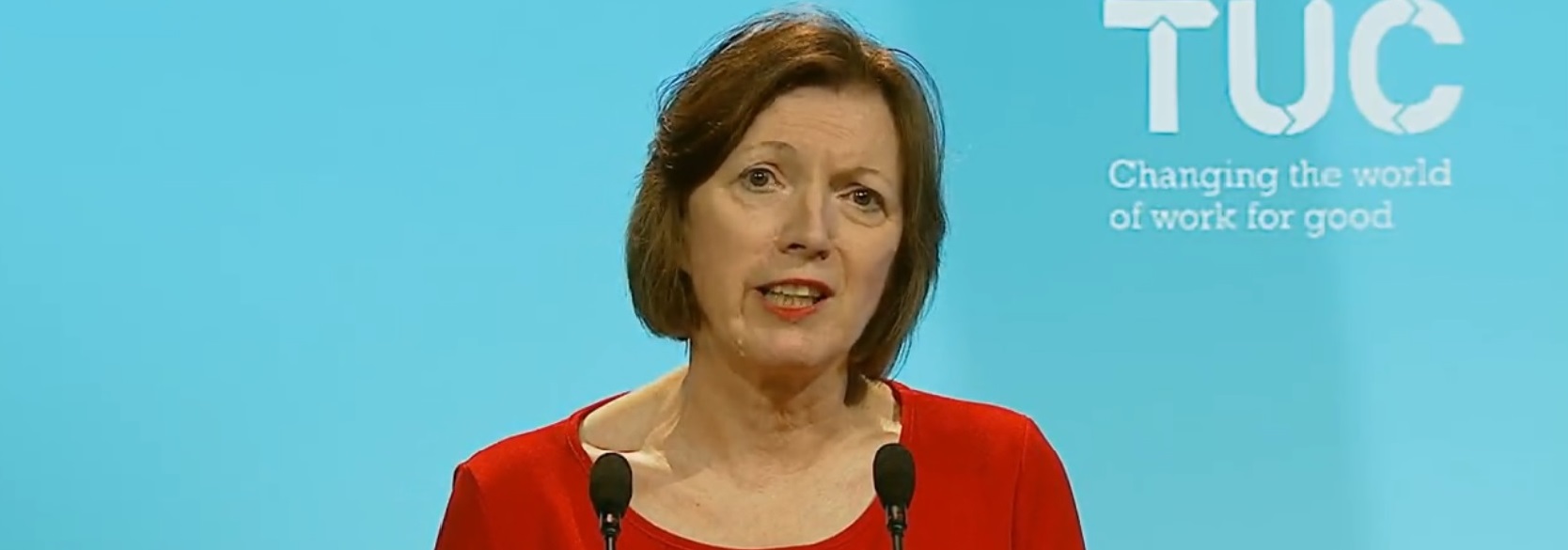Why national minimum wage needs to rise to ÂŁ10
A report published this week shows how a rise in the minimum wage would see 9 million workers better off. And that can only be good for the country, Unite director of research John Earls writes.
The National Minimum Wage is one of the modern policy achievements of our time benefitting millions of workers.
The introduction of the new â€National Living Wage’ rate two years ago saw a sharp increase in the minimum wage for employees aged 25 and over and, according to the Resolution Foundation, has led to the proportion of low paid workers falling to its lowest level in almost three decades.
The Low Pay Commission (LPC) has been seeking evidence on the effects of recent increases in the National Living Wage (NLW) and National Minimum Wage (NMW) to inform its thinking about future upratings.
As part of Unite’s submission to the LPC we commissioned a report by Howard Reed of Landman Economics, which looks at the potential economic impact of an immediate increase in the UK NLW and NMW from their current rates of £7.83 per hour for workers aged 25 and over, £7.38 for workers aged 21-24 and £5.90 for workers aged under the age of 20, to £10 per hour for all workers aged 18 and over.
It finds that this would result in an average gain in net income per worker of just over £1,300 per year. That’s a significant increase for around 9 million workers, with 5.2m female workers and over three quarters (78 per cent) of young workers aged 18-20 benefitting.
Workers in hospitality and retail, where low pay is rife, would be the main winners of a rise.
An increase in minimum wage rates to ÂŁ10 per hour would see the incomes of three quarters of hospitality workers boosted along with two thirds of retail workers.
What’s more, the study also finds that the public finances would improve by around £5.6bn per year due to increased tax receipts, national insurance contributions and reduced expenditure on in-work benefits.
Progressive impact
Not surprisingly, the distributional impacts of the increase in the NMW and NLW are progressive as a percentage of net income. For workers aged 25 and over, the gains from the increase in the NLW are highest in percentage terms in the bottom four deciles of the household income distribution, and then fall off higher up the distribution.
For workers aged under 25 the progressive impact of the NMW increases is more pronounced at the bottom of the distribution.
Households in the lowest income decile gain around 1.4 per cent of net income from the increase to ÂŁ10 per hour, compared with less than 0.8 per cent for other deciles.
In addition to looking at an immediate increase to ÂŁ10 per hour, the report also considers an â€intermediate’ increase to ÂŁ9 per hour for workers aged 25 and over, ÂŁ8.70 for workers aged 21-14 and ÂŁ8 per hour for workers under the age of 20 and finds that this would benefit around 6.25m workers.
As others, such as the Resolution Foundation, have pointed out, there are low pay problems that require more than a higher national minimum wage.
Analysis
Analysis from the Institute of Fiscal Studies shows that whilst pay growth for the lowest-paid fifth of employees rose by 6 per cent between 2015‒16 and 2016‒17, living standards grew by only 0.4 per cent, in part driven by higher tax payments and a cut in benefit entitlements.
I would also highlight the role that stronger trade unions and collective bargaining can play in delivering economic justice and tackling low pay and the need for public policy to promote this.
However, the National Minimum Wage remains an important policy lever.
The analysis presented in the report makes a powerful economic case for increasing the National Living Wage and National Minimum Wage to ÂŁ10 per hour as soon as possible.
John Earls is Unite’s director of research. This feature first appeared in Left Foot Forward, July 5 Â
 Like
Like Follow
Follow

